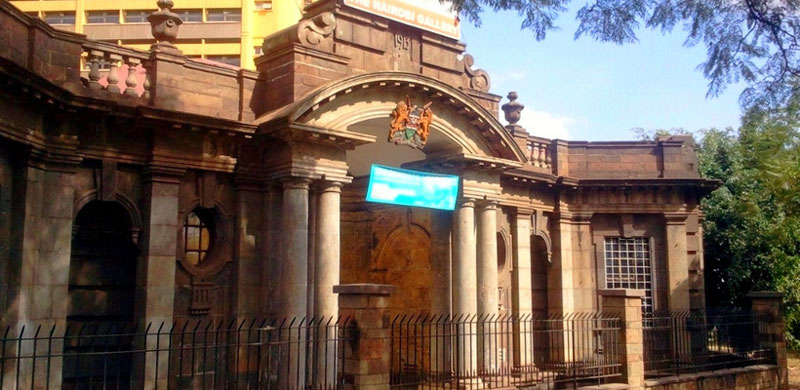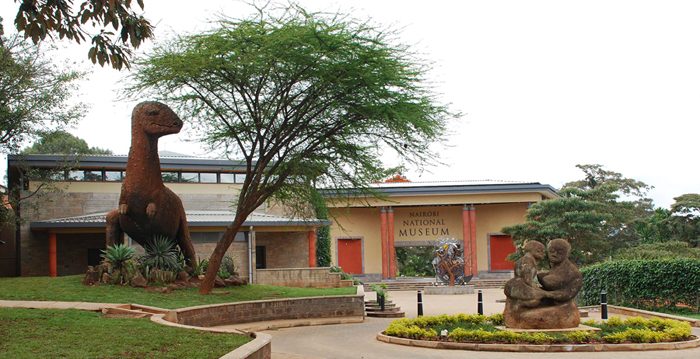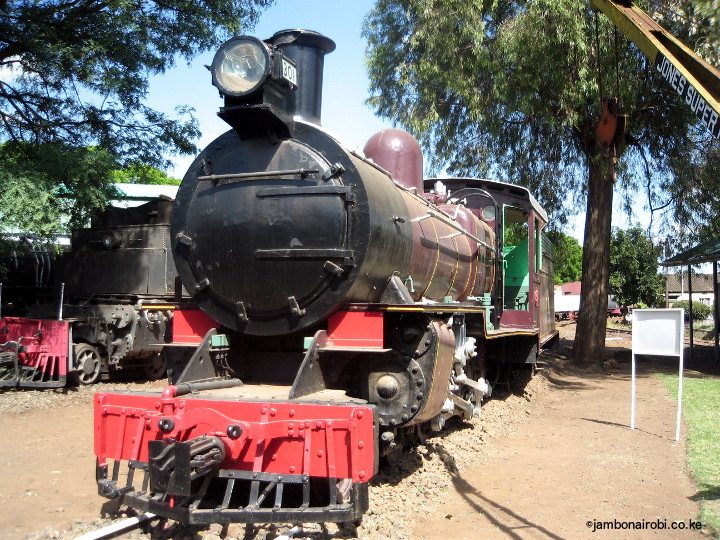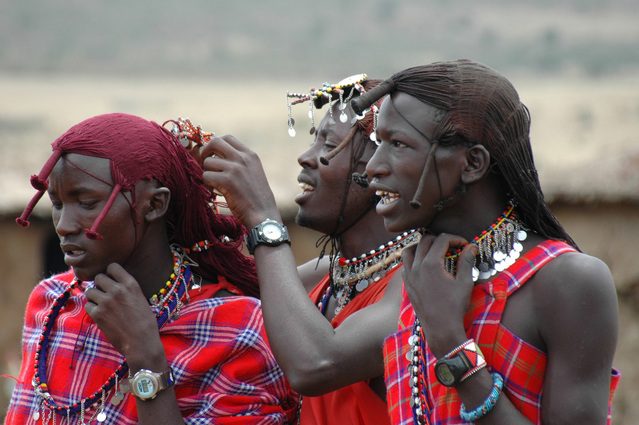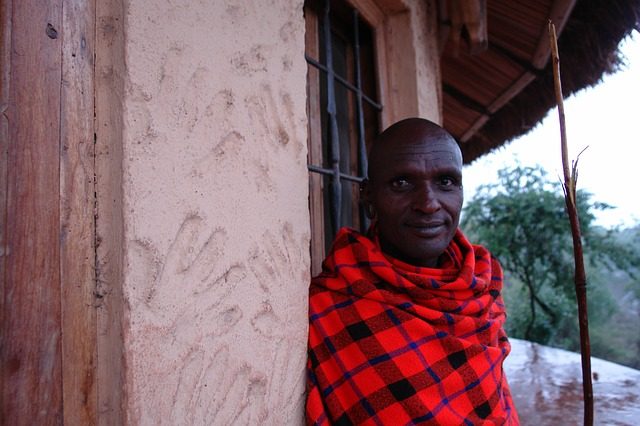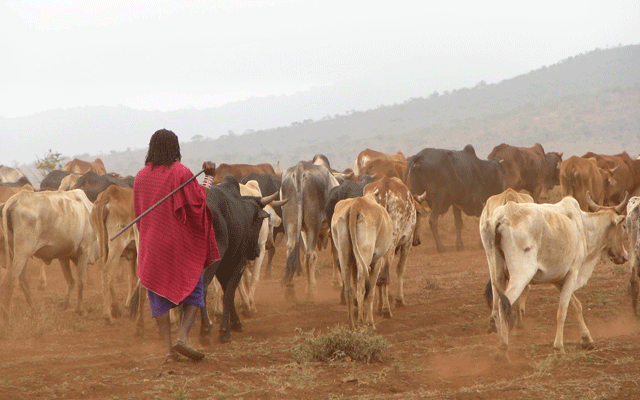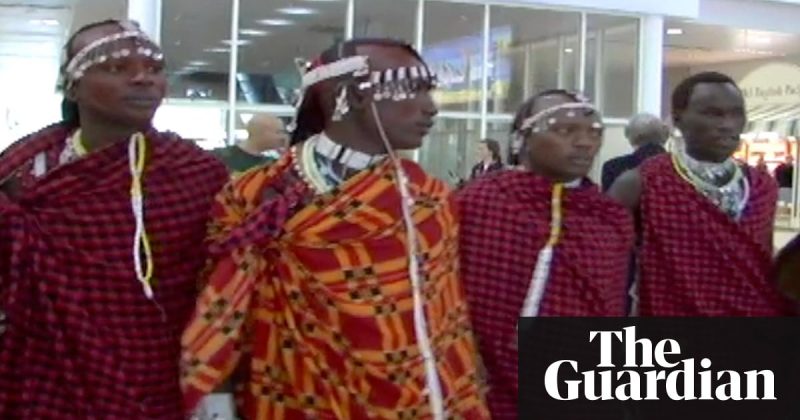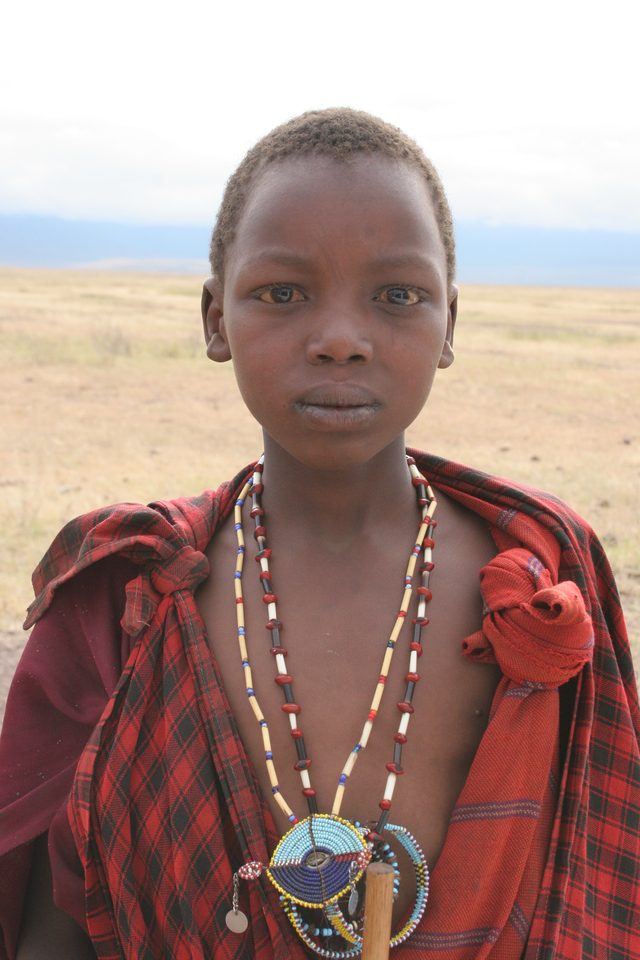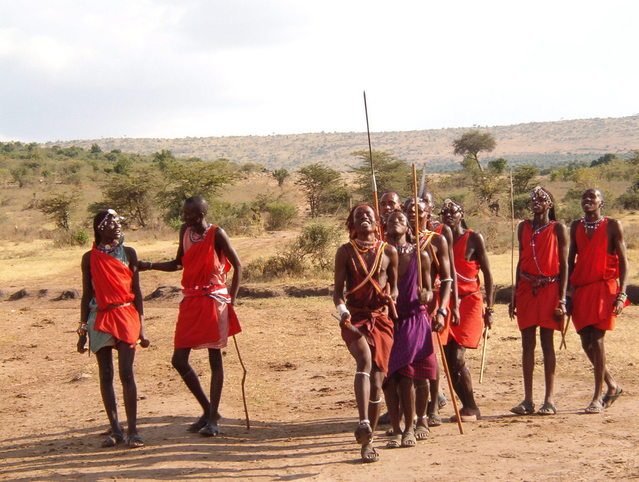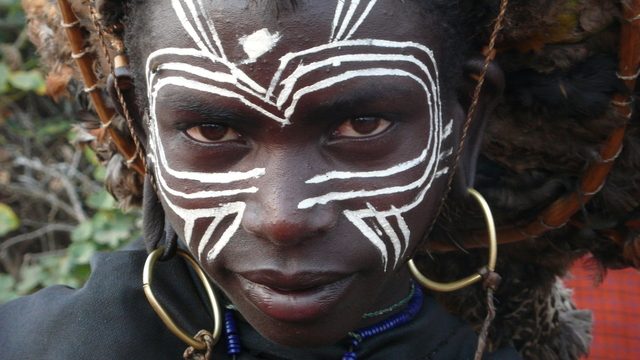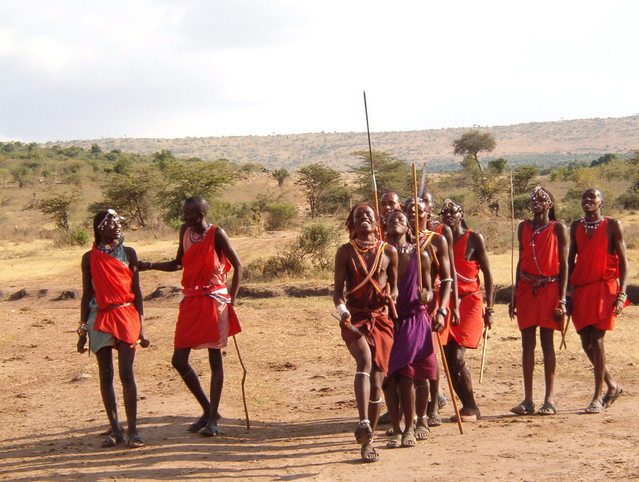-
People often wonder how Grevy’s zebra got its name. In 1882, the then Emperor of Abyssinia considered it so regal that he presented one to the President of France whose name was Jules Grevy. That led to the coining of the word Grevy’s zebra. There are several theories as to the function of their streaks. According to a school of thought, its equine ancestor was striped, but they lost it during the evolution of horses and asses. Charles Darwin opined that stripes are used as a camouflage to keep them safe from predators. But that theory has recently been refuted.
-
The skin of Grevy’s zebra fetched a high price. Hence they used to be killed for their skins. Today Grevy’s zebra belongs to the endangered species. Therefore their long-term survival is moot. The wildlife authorities have taken the matter into their hands. They have taken some serious conservation initiatives. These actions have improved the status of Grevy’s zebras. However, there still face challenges. Laikipia and Borana are the names of two game parks in Kenya. They are home to the largest Grevy’s zebras. So let us take a visit to these parks and see how the Grevy’s zebras are faring.
-
Zebras are close relatives to horses and donkeys. The only difference is that it is difficult to domesticate zebras due to their wild nature. Zebras have been able to breed with other species of equine such as a horse or a donkey. The hybrid foals thus produced are known as a zorse or a zonkey. Zebra hybridization has been in existence for a century. The author of the 1899 Penycuik Experiments, Ewart, was one of the pioneers in this field. Several such hybrids now exist around the world. Zonkeys and zorses are infertile animals and are unable to reproduce themselves.
-
Zebra stripes stand out among other African grazers. Their black and white stripes seem so out of place in the bush, in particular against a plain savanna background. So why have stripes at all when that would make them conspicuous and exposed to the ubiquitous predators? The zebra stripes remain a mystery to science even today. Zoologists have yet to unravel the mysteries behind its signature-striped suit. Scientists are not sure why zebras have not blended in with the browns and reds or why they have stripes. There are many theories and counter-theories to this riddle of zebra stripes.
-
Visits to the Sheldrick elephant orphanage are allowed for an hour from 11 am to 12 pm when they bring the youngest nursery inmates to a cordoned area for their exercise and daily mud bath. There they bottle-feed the hungry infants. Visitors are free to watch, get close or even touch them but not allowed to feed the animals. The keepers tell stories to the visitors about how the elephants are faring and how the former orphans are progressing. After that, the animals return to the entrance. Visitors are allowed to adopt elephants for a fee of $50/- a year.
-
The giraffes wander around at the Manor as they please. They casually visit it in the mornings and late afternoons to greet the guests. Although still wild animals, the giraffes at the Manor have become accustomed to seeing residents and guests. Hence, they are semi-habituated. Animal lovers will enjoy interacting with the friendly giraffes. Giraffes come to the breakfast table checking out what’s on the plates or vie for attention at the room windows. In the hope of a treat, they stick their long necks into the windows. Visitors find it amusing to hand-feed them who come to the veranda.
-
Nairobi National Park was the first game reserve in Kenya. It is the only wildlife park in the world that is closest to a city. The park is 6 miles from Nairobi. Set on the southern outskirts of Nairobi, it has 117 square kilometers of pristine savanna, grasslands, forests, wetlands and rocky valleys. The park offers the country’s most accessible and incongruous safari experience. This green city in the sun is a real contrast to the buzz of the city. Nairobi National Park is a short drive out of the Central Business District. Also, Nairobi travel companies offer half-day safaris.
-
Bomas of Kenya is Kenya in miniature representing the country on a small scale. While for foreigners, Bomas of Kenya consist of traditional virtual villages and mud huts spread over many acres each representing the remote communities of the country, for residents, it is a spectacular afternoon out. Hence, it is a very popular tourist attraction for foreigners and locals alike. In 2003, the Bomas of Kenya hosted the National Constitutional Conference’s first meeting. It produced the Bomas Draft of the new constitution making it a high-profile historical site. Bomas of Kenya is situated 10km from the city of Nairobi.
-
In 1962, Karen Blixen died of malnutrition at the age of 77 in Rungsted, her family estate. Many languages still publish her books even after her death. But the world best knows her as the author of Out of Africa. In one of the former homes in Karen, the suburb where she lived in Nairobi, Kenya, is a Karen Blixen Coffeehouse as well as a Museum. Karen Blixen Museum in Karen is the site of the original farmhouse of Karen Blixen. The Museum is half a mile from the Karen Country Club where guests can enjoy squash, tennis, and golfing.
-
The building that today houses Nairobi Gallery was constructed in 1913. The location was Point Zero. The colonial government measured the distances to all areas of the country from this point. Point Zero is an octagonal atrium in the center of the gallery. A Clay Vessel by Lady Magdalene Odundo graces the entrance of the building. Lady Odundo was a renowned Kenyan ceramist. For her works, she received from the Queen of England the distinction of OBE and the only Kenyan to have received it. Today a gourmet café by the same name is an exciting item of the Gallery.
-
In 1910, some naturalists and colonial settlers instigated Nairobi National Museum to keep their collections of various specimens. The first site soon became too small. Hence a bigger building was constructed in 1922 which is today the Serena Hotel. In 1929, the then government set aside land for the construction of a museum at Museum Hill. The 22nd of September 1930 saw the opening of the museum. In honor of the former Governor of Kenya, Sir Robert Coryndon, they named it Coryndon Museum. But they renamed it on the attainment of independence in 1963 as the National Museum of Kenya.
-
The first railway was in the port of Mombasa. Track recovered from the Central African Railway supplemented the original route. After leaving Mombasa, the rail had to go through a painfully slow job because two man-eating lions held up the construction. Eventually Lt. Colonel, Patterson hunted and shot them down. He describes his experiences in his book Man-Eaters of Tsavo, dramatized in the movie The Ghost and the Darkness in 1996. Their stuffed carcasses of are now on display at the Field Museum Chicago. And a box in the Railway Museum contains three claws clipped from one of the lions.
-
Mystery, myths, and legends shroud the Maasai history. Much of their early origins come from their vibrant oral traditions. There is a lack of written sources. This indigenous pastoral society often passed on their traditional knowledge in the form of folktales, stories, songs, poetry, and chants. They contain knowledge about traditional medicine, landscape ecology, grazing practices, the behavior of animals, gathering of wild plant foods, and livestock management. Their origins are limited to our knowledge of them from the past few centuries. Maasais still hang on to their shukas, masks and religion that quintessentially serve as relics of their past.
-
This is a sneak preview into the personal lives of Maasais. Maasai music has no instruments. They use grunting vocals of two different contrasting rhythms. The lead singer calls out something, and the rest would repeat it. Maasai dancing is fascinating. Singers stand in a line. Then each person jumps as high and as long as they can. Some dancers pay close attention; others just giggle, and some others talk to their co-dancers while dancing. Their death is without a formal funeral service. Burial has been reserved only for chiefs since Maasais believe that burying people is harmful to the
-
A Maasai’s entire life revolves around livestock. Maasais extract cow blood as follows. Once a month, they take out blood from cows pretty much like people giving blood. They make the jugular artery on the cow’s neck swell by tightening a noose around its neck. At close range, one of them fires a short, blunt arrow from a loosely-strung bow puncturing the vein of the cow. They then collect the blood in a gourd. They stop the bleeding with a wad of dung and mud. In recent times, consumption of blood is waning due to the reduced numbers of livestock.
-
The Maasais are considered to be cattle herders of Africa. Population growth, development strategies, and a shortage of land have declined cattle raising. However, for many traditional Maasais, cattle are still the breath of life. Adaptation to rapid economic and social change is the greatest challenge the Maasais face. Increased land encroachment threatens their traditional way of life. Sooner or later they would have to come to terms with integrating into the modern economies and political systems. As a result of the challenges faced by the Maasai, there are many support groups and non-governmental organizations working in collaboration with Maasais.
-
Maasai ceremonies between circumcision and marriage serve to maintain their age-set classes of social system and political culture. But they do not distinguish age or time similar to the advanced and more modern ways. They approximate time in fourteen-year sections. Maasai ceremonies and traditions mark the age-sets in their strictest form. One of the most important Maasai initiation is Emuratare elevating the boys from childhood to adulthood. The fourteenth year culminates in Emuratare or circumcision and the 28th year in Eunoto or marriage. And in between these years, they are warriors with the responsibility of defending the territory where they
-
Despite of a high cholesterol diet, Maasais show no signs of heart or lifestyle diseases. The consumption of unhealthy food seems to have no adverse impact on them. The level of cholesterol, blood pressure, cholesterol gallstones, and hypertension in their bodies is negligible. They tend to have low rates of coronary artery diseases and have excellent endurance. And they burn no more calories than sedentary urbanites. It is indeed a miracle that the Maasais are in good health despite of their diet. The medical scientists often referenced the Maasais as evidence that low-carbohydrate and a high-fat diet is not heart-damaging.
-
Maasai is the most known Kenyan tribe, having grown into a brand of tourism and fashion. The tribe is an icon of the diversity of Kenya. Traditional beliefs, pastoral traditions and exquisite artistry of warriors constitute the Maasais. Louis Vuitton has a line that includes Maasai hats, scarves, beach towels and duffle bags. There are currently 80 companies worldwide using the Maasai image. It shows just how well-recognized the brand has become. To the modern world, they may represent fashion brand, but for the Maasais, they are symbolic. Entering into Maasailand is taking a journey to a land of symbols.
-
Maasai rituals are an essential part of their lifestyle. They have survived in part through oral genealogies. Age-sets identify men for the rest of their lives. On the other hand, Maasai culture recognizes women by the age-sets of their husbands. Some ceremonies are for both women and men. Others are solely for the males. Female ceremonial rituals focus on their marriage and circumcision. Both males and females are supposed to undergo circumcision. Each ritual transition between age groups and age-sets is metaphorically a step toward God and old age. Predominantly, the rites of passage are the most famous Maasai festivals.

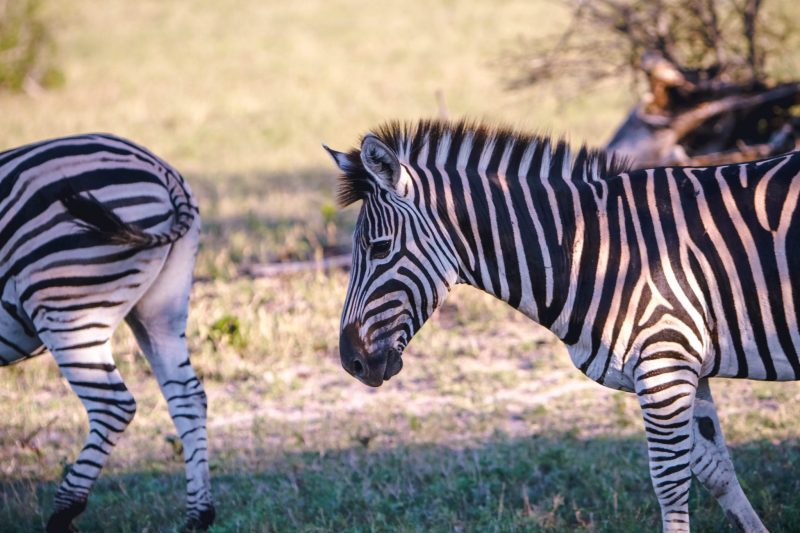
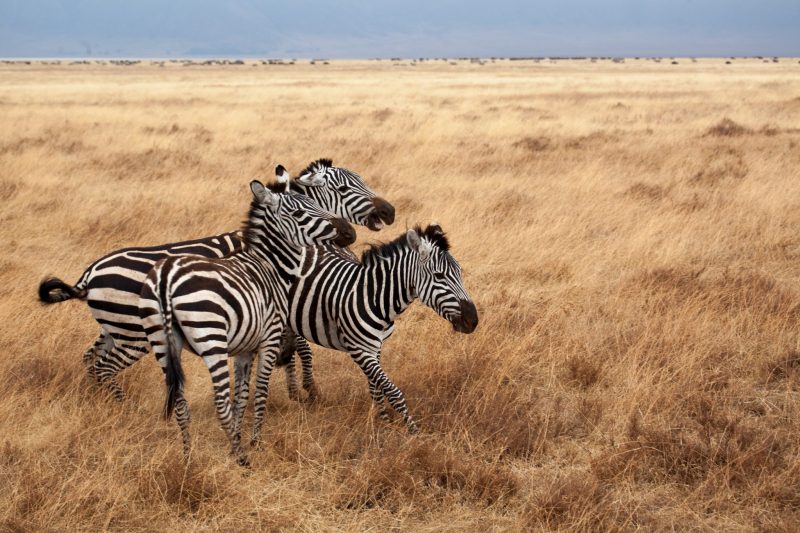
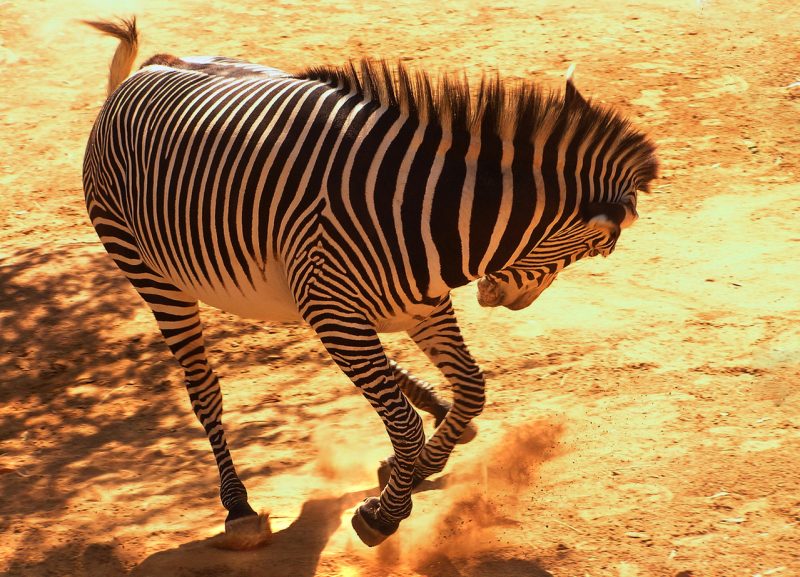
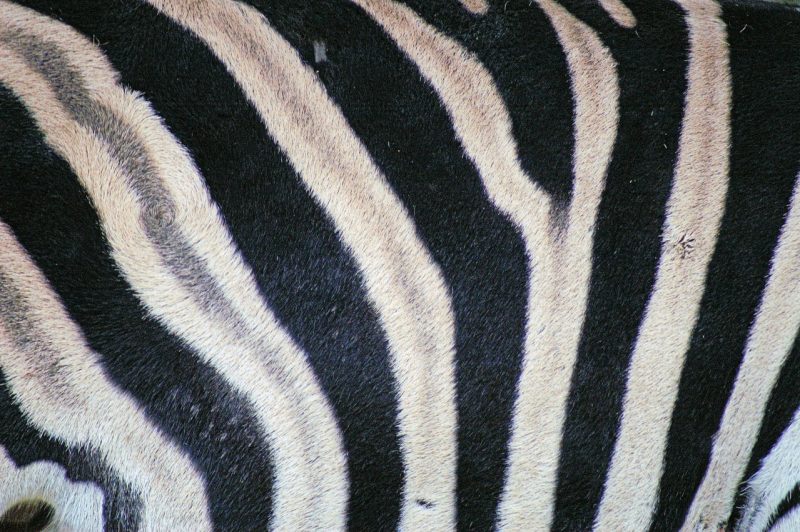
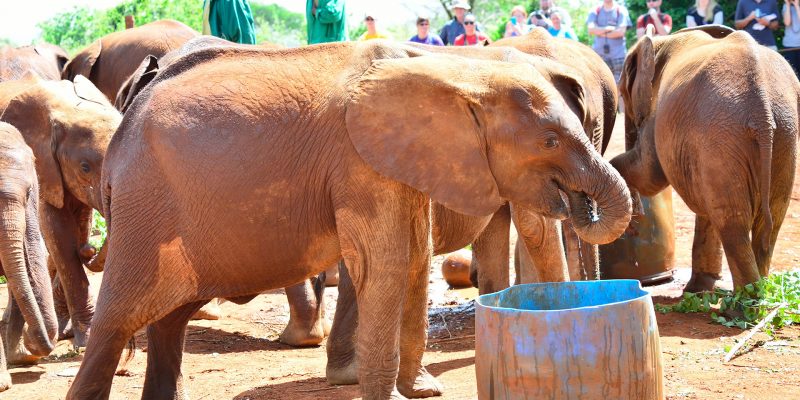
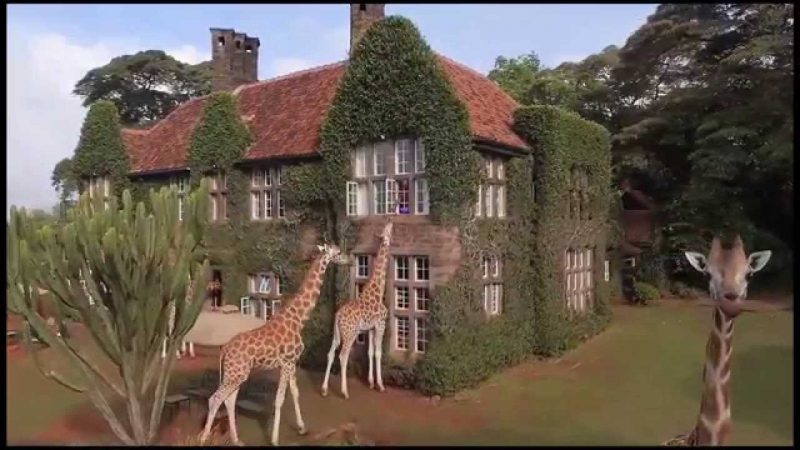
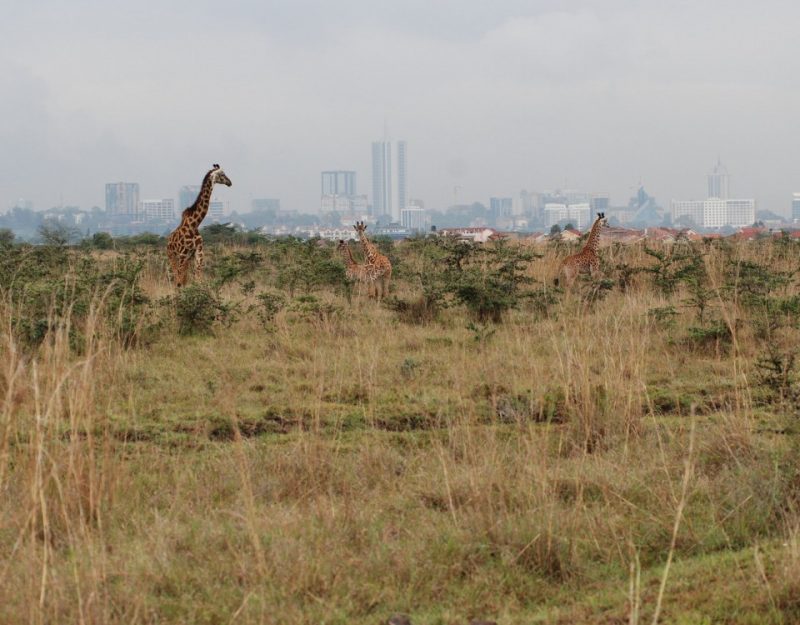
![B[/su_dropcap]omas of Kenya is Kenya in miniature representing the country on a small scale](https://www.safari-center.com/wp-content/uploads/2017/03/Bomas-of-Kenya-e1521293786528.jpg)

